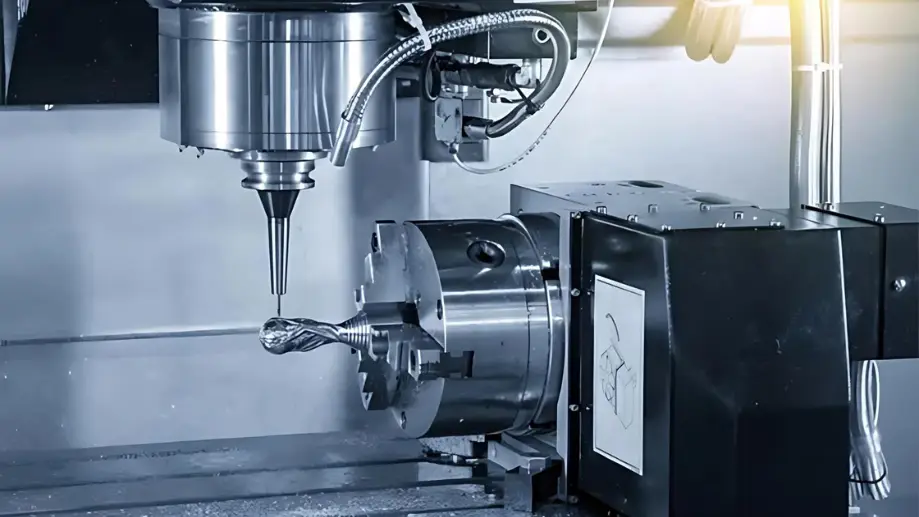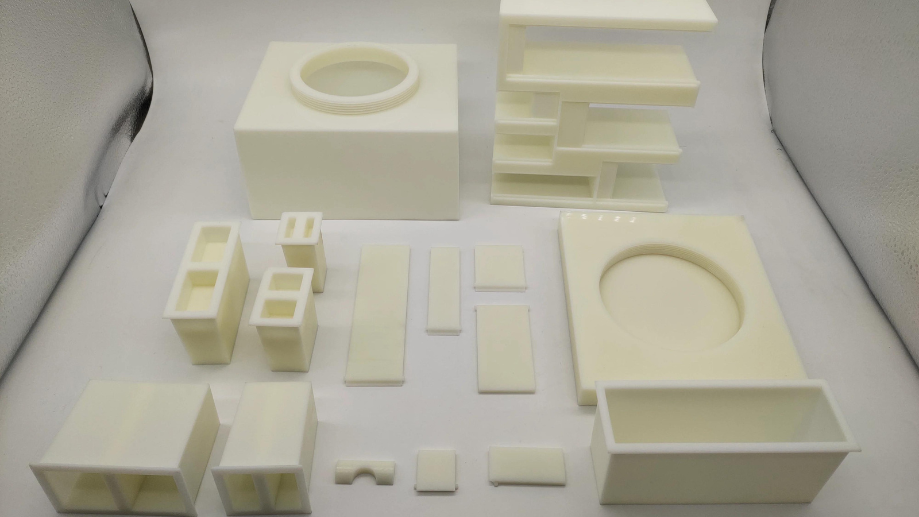What is Rapid Prototyping?| Advantages Methods And Appliance
Updated: June 03, 2024
Rapid Prototyping is a process that quickly turns ideas into physical models using 3D printing technology. It significantly speeds up product development by allowing fast creation and testing of prototypes.
Define Rapid Prototyping

Rapid Prototyping Advantages
1. Accelerating Product Development
2. Reduce Costs
3. Conduct Functional Testing
4. Reduce Risk
5. Enhanced Stakeholder and User Engagement
6. Ergonomic and Safety Assessments
Rapid Prototyping Methods
In rapid prototyping, there are several techniques that can be used to quickly create and test prototypes. Each method has its own unique benefits and scope of application. Here are some common rapid prototyping methods:
Rapid 3D Printing

- Stereolithography (SLA): uses a laser to cure a liquid resin and is suitable for high precision and intricately detailed models.
- Selective Laser Sintering (SLS): utilizes laser sintering of powdered materials, suitable for making highly functional and durable parts.
- Fused deposition molding (FFF/FDM): by melting and depositing thermoplastic materials, suitable for low-cost and rapid prototyping.
Rapid CNC Machining
- Milling: removes material using a rotating tool and is suitable for creating complex geometries.
- Turning: rotates the workpiece and uses a cutting tool to remove material, suitable for making round parts.
- Drilling: Using a drill to punch holes in the material, suitable for making parts with precise hole sizes.
Rapid Sheet Metal Fabrication
- Laser cutting: the use of lasers to precisely cut sheet metal, suitable for complex contours and details.
- Stamping: Pressure is applied to the sheet metal through a die to quickly form the desired shape.
- Bending: A bending machine is used to perform sheet metal bending, shaping the metal into specific angles and forms.
Rapid Vacuum Casting
- Polyurethane resins: Suitable for making durable and flexible parts.
- Silicone: Suitable for making models with flexibility and high precision.
- Epoxy resins: for parts with high strength and good surface quality.
Rapid Prototyping Applications
Product Design and Development
Consumer Goods: In the consumer goods industry, rapid prototyping enables designers to quickly test and refine product designs to bring new products to market faster. For example, designs for household appliances, toys, and fashion accessories can be validated and optimized through rapid prototyping.
Electronics: In electronics design, rapid prototyping can be used to create precision circuit boards, housings, and other components. By iterating quickly, engineers can ensure that a product meets expectations in terms of functionality and aesthetics.
Automotive: In the automotive industry, rapid prototyping is used to create complex models of parts and complete vehicles. Not only does it help optimize designs, but it also identifies and solves potential problems before manufacturing. For example, automotive engine components, instrument panels, and body structures can all be tested and improved through additive manufacturing.
Healthcare and Medical Devices
- Prototyping of medical devices and implants: Additive manufacturing enables medical device manufacturers to rapidly develop and test new surgical instruments, implants, and diagnostic devices. This not only shortens product development cycles but also improves product reliability and safety.
- Impact on personalized medicine: Doctors can customize medical devices and implants, such as personalized prosthetics and dental instruments, to improve treatment outcomes.
Aerospace and Defense
Building and Construction
- For creating building models and components: Architects and designers can use rapid prototyping to create detailed building models that help validate and present designs before a project begins.
- Benefits to the construction process: With rapid prototyping, construction teams can identify potential problems in advance and optimize the construction process to improve efficiency and quality.
Education and Research
- Role in academic projects and research programs: Students can use rapid prototyping to create experimental devices and learning models to deepen their understanding of theoretical knowledge. At the same time, researchers can use rapid prototyping to develop and test new concepts and theoretical models.
- Enhancing learning through hands-on experience: Students can deepen their understanding of complex concepts and technologies through hands-on experience, improving learning outcomes.